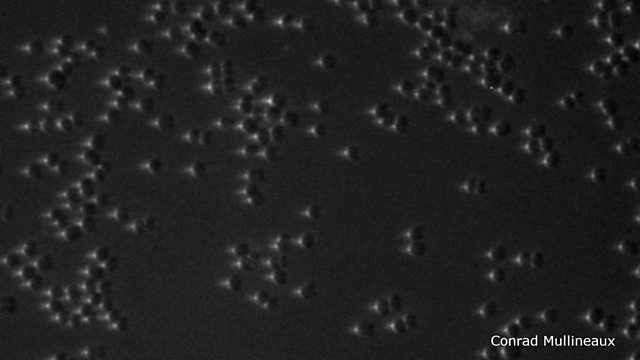Solving the riddle of how bacteria see
Let's talk about slime...or 'single-celled pond slime' to be exact. Biologists say they have the answer to a centuries-old mystery of how bacteria sense light and move towards it. The entire organism acts like a tiny eyeball. Despite being just three micrometres in diameter, the photo-synthetic bacteria was found to use the same physical principles as the eye of a camera or a human, which according to researchers, probably makes them the ''world's smallest example of such a lens''. Conrad Mullineaux is a Professor of Microbiology at Queen Mary University, London and co-author of the study.
(PHOTO CREDIT: A view from a microscope of bacteria lit from the side - Professor Conrad Mullineaux)
Duration:
This clip is from
More clips from World Update
-
![]()
Coronavirus: The New York 'falafel guy' struggling to keep going
Duration: 01:45
-
![]()
Coronavirus: Could the crisis change minds about the homeless?
Duration: 03:44
-
![]()
Will Sanders concede after Biden's primary victories?
Duration: 02:36
-
![]()
How is the threat of coronavirus affecting refugees?
Duration: 02:45






